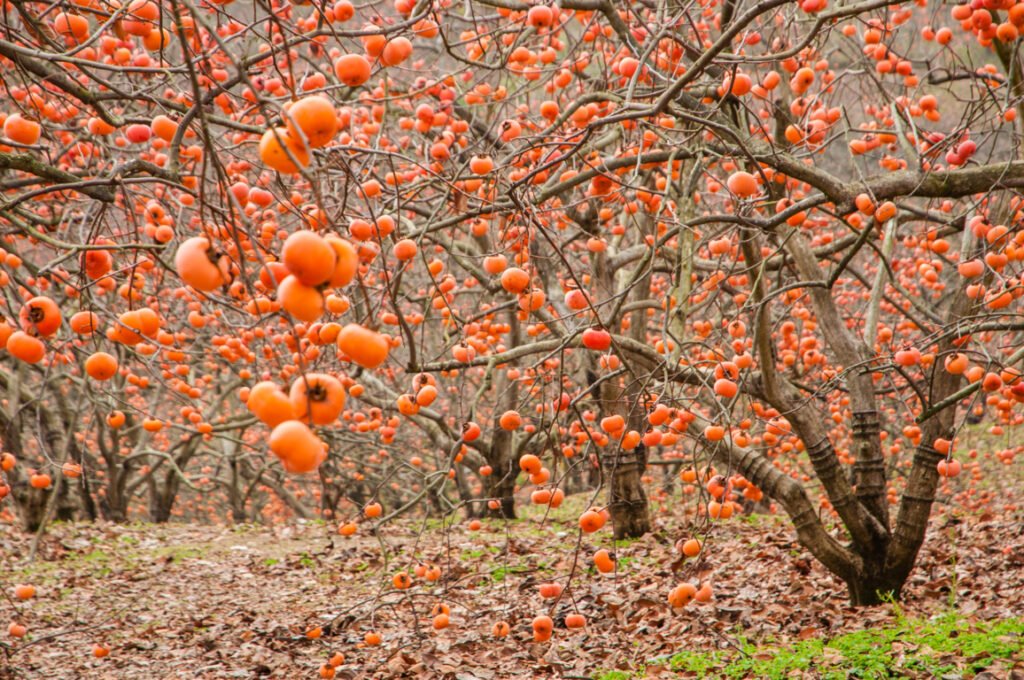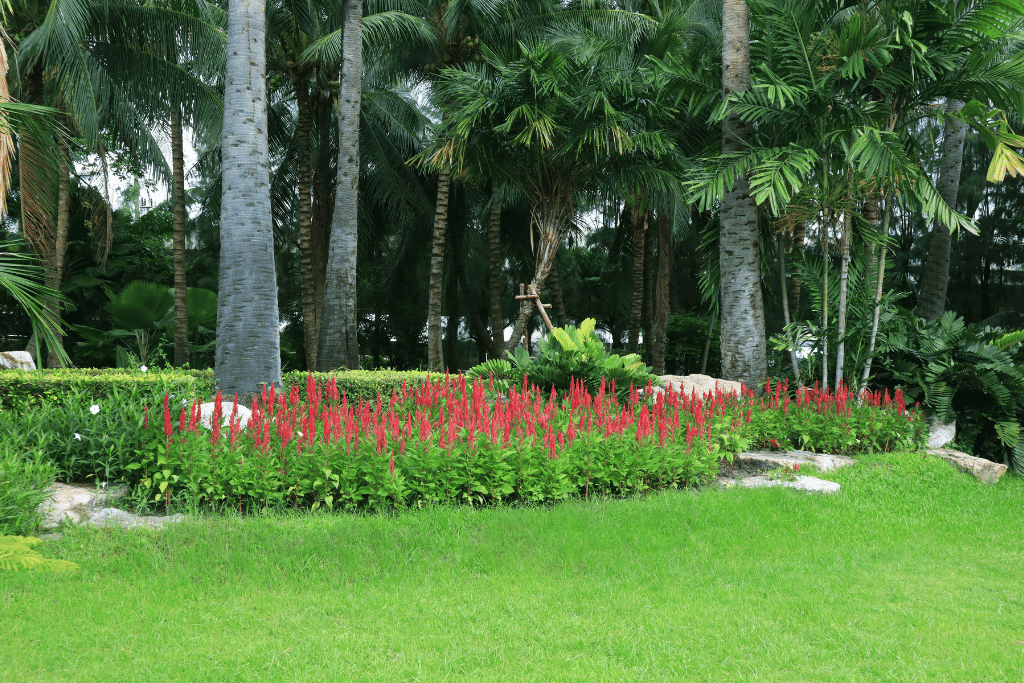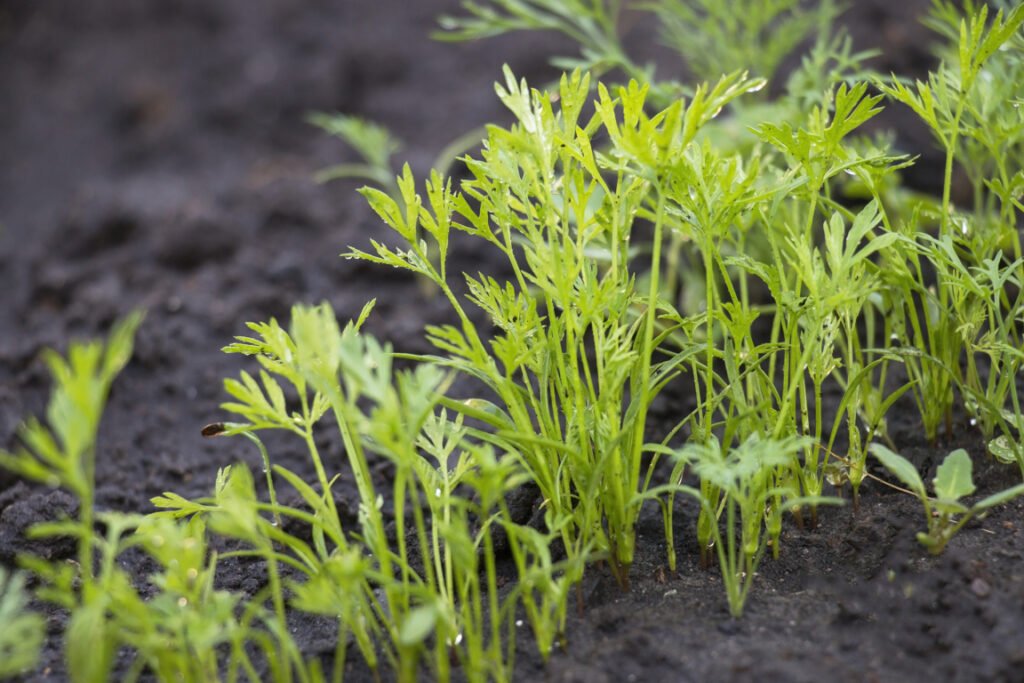
When you are interested in growing carrots in your garden, the first question you might have is, what do baby carrot sprouts look like? Many new gardeners find it hard to identify carrot sprouts or distinguish seed leaves from true leaves.
As a result, growing carrots seems more challenging than it is. Things get even more confusing when you grow carrots in a garden bed that has weeds and grass growing about.
However, with us around, you don’t have to lose hope. Some telltale signs will help you identify carrot sprouts in your garden, which will be the main topic of our discussion today. We will also discuss carrot growth stages and some tips so that you know what do new carrot sprouts look like without going through a lot of trouble.
Let us begin.
Difference Between Carrot’s Seed Leaves and True Leaves
One of the most challenging aspects of identifying carrot sprouts is learning the difference between seed leaves and true leaves. Seed leaves, or cotyledon, are the first step of the carrot seed germination process. Unlike the true leaves, these are not responsible for photosynthesis. However, as time passes, the seed sprouts true leaves.
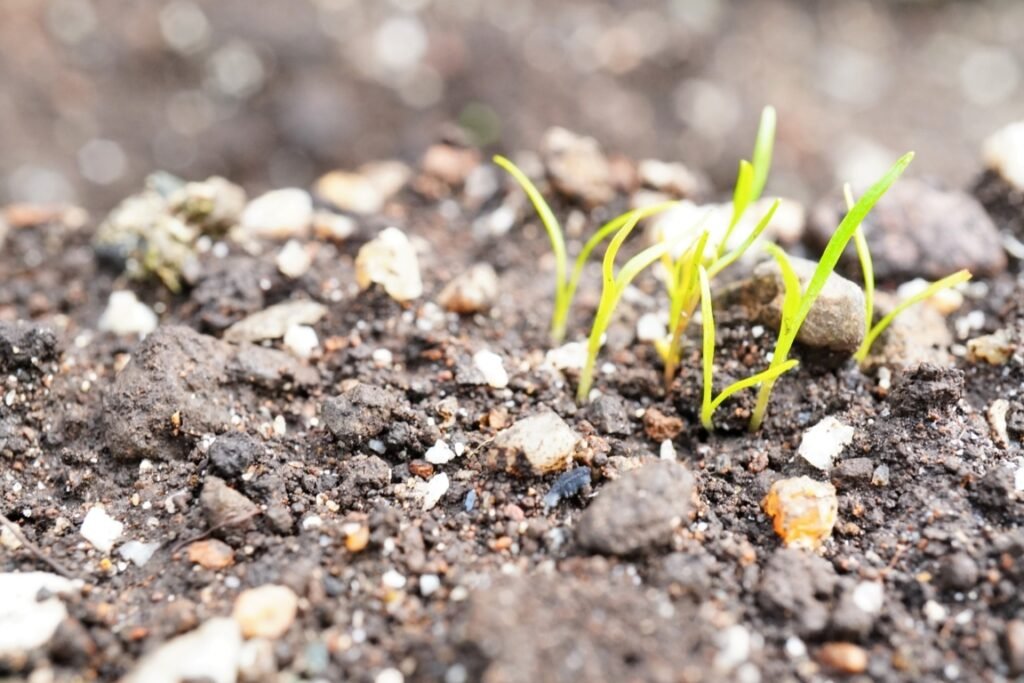
The key difference between cotyledon and true leaves is their shape. True leaves are small, round, and have lobes, while the cotyledons are lengthy and grass-like with miniature stems.
But that begs the question: how do you differentiate carrot leaves from grass leaves, especially if your garden already has grass(or weeds)?
Difference Between Carrot Sprouts and Grass Leaves
Growing carrots in a garden bed or open garden instead of pots will inevitably raise these confusions. Here are a few differences between carrot sprouts and grass leaves:
- Pay attention to the texture of the leaves. Unlike grass leaves, cotyledons are silky and have a delicate covering. Use a magnifying glass if it is unclear at first glance.
- Grass blades grow all over, while carrot sprouts grow from a single spot.
- Unlike grass blades which are singular, cotyledons come in pairs and are the first leaves to appear on the carrot seedling.
However, learning these differences might still not be enough. The next step is to understand the growth stages of carrots, as it will further make it easier for you to understand what do carrot seed sprouts look like.
Growth Stages of a Carrot Plant
1. Germination
Knowing when the germination stage begins will make it easier to identify carrot sprouts since you’ll be expecting them. It takes about 1-3 weeks for carrot seeds to germinate.
Knowing where you planted the seed (more on that in a bit) will prevent you from misidentifying cotyledons. It will also save you from inadvertently pulling out seed sprouts thinking of them as weeds.
2. True Leaves: First Set
At this point, it will become easier for you to identify carrot sprouts. The first set of true leaves will gradually take shape and look like miniature carrot plants. These leaves will have distinct lobes that are particular to carrot plants.
The color will also help you identify them easier, as the first set will have a deep green shade. Once the first set of true leaves emerges, you’ll notice the cotyledons wilt and dry off as the true leaves take over the plant’s energy production.
3. True Leaves: Second Set
You’ll have little to no trouble identifying carrot sprouts by this time. The second set will start to fill out the plants, as the leaves will be bigger, more mature, and more robust than the first set. The color will also darken to a richer green shade or purple/red, depending on the type of carrot plant.
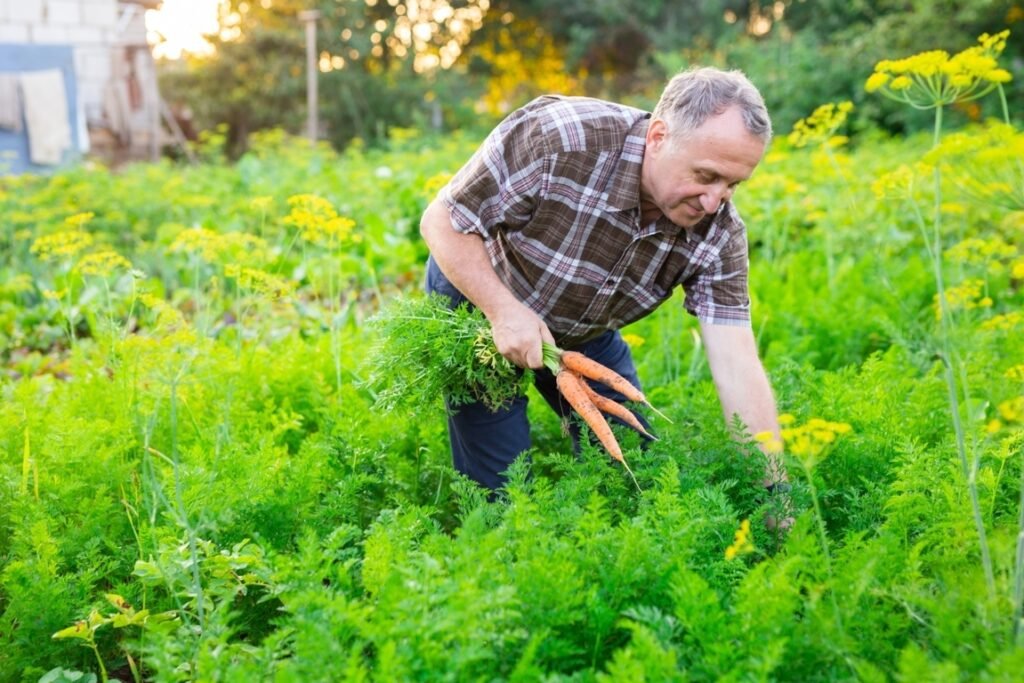
However, if you’re interested in harvesting carrots, it might still take some time to reach that stage of maturity. Give your plants about 70-80 days after it starts showing signs of germination. By this time, the plant has reached full maturity and is relatively easy to spot in a garden. The roots have also reached their full size, and you can harvest them at this point.
Tips to Make Carrot Sprouts Identification Easier
Tip#1 – Growing carrots weed-free
One way to avoid confusion between young carrot sprouts and weeds is to clean the garden bed of weeds before planting seeds. This might seem basic, but many new gardeners don’t realize how much time and energy it can save them later.
To make things even simpler, you can start by planting seeds in pots free from any grass or weed and then transferring them to garden beds after they sprout/mature.
Tip#2 – Checking for Carrot-Like Smell
If no amount of effort can tell you whether the leaf you’re looking at is a carrot sprout, you can pluck it and smell it. Carrot sprouts have a carrot-like smell, which is different from a grass blade. You can crush the leaf with your finger to release more scent to smell it more clearly.
Tip#3 – Practicing Patience
The best way to identify carrot sprouts is to give seeds enough time to sprout and plants to mature. After a while, a mature carrot life with its distinct lobes and color will be much easier to identify than telling a grass blade apart from a carrot sprout.
Tip#4 – Marking the Spot Where you Planted the Seed
This might seem like overdoing it, but marking the spot where you have planted carrot seeds (especially when using garden beds) can make it easy for you to identify them once they sprout. There are a few ways you can go about marking the seed spots.
Plant Tags
Plant tags will make it convenient for you to identify carrot sprouts while keeping your garden organized and aesthetically pleasing. There are various types, colors, and designs that you can find online or in your neighborhood gardening store.
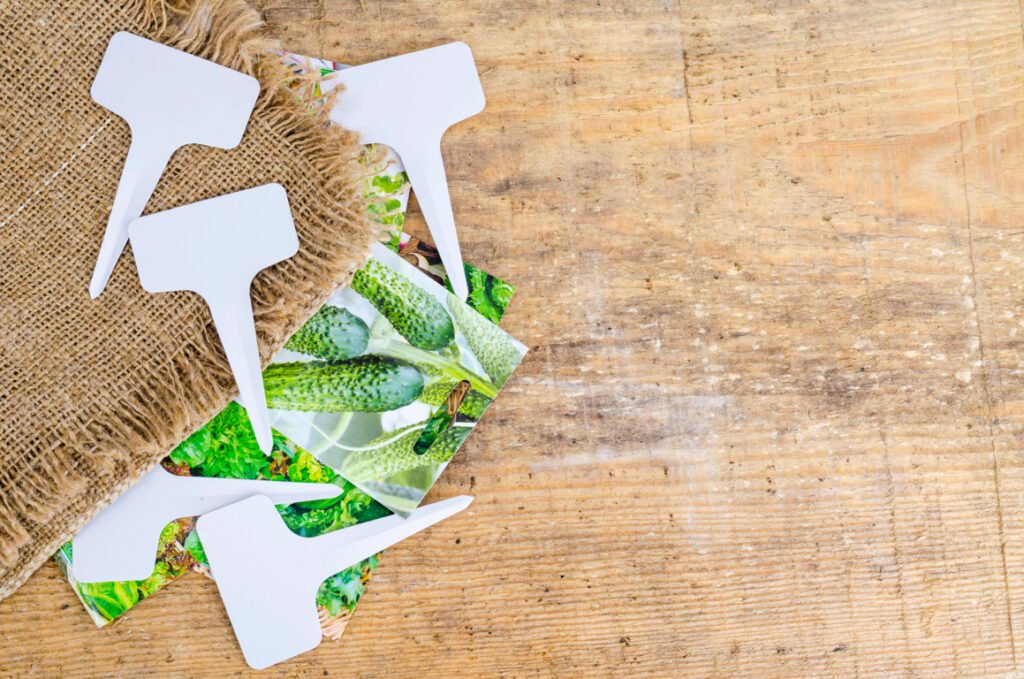
Pebbles
You can add more personality to your garden by using multi-colored pebbles to mark the spots where you have planted carrot seeds. Collect them at the beach or buy them in various sizes and colors online.
Broken Terracotta Pots
Forget worrying about what do carrot sprouts look like by putting broken pots to use. Smash them up into little pieces and use them to label the spots where you have planted carrot seeds. It is a cheap and DIY method that wouldn’t cost money or a lot of time.
No Sprouts to Identify?
When it comes to growing carrots, seeds might not even sprout after germination in some cases. Here are a few reasons why your carrot seeds might not be sprouting:
- Make sure that you’re not using loamy or clay soil. Carrots find it hard to sprout in these soil types, and if that is the case, add sandy soil to the mix.
- Use a raised bed or a container that is at least 12 inches deep.
- Mix compost manure in your soil. It will help keep the soil well-drained, helping the seeds sprout. Compost manure will also improve soil nutrition through the production of humus.
Final Words
Identifying carrot sprouts is no rocket science. Yes, it has a learning curve, but once you understand the difference and follow the tips listed in this article, it will be much easier for you to understand what do baby carrot sprouts look like without wasting too much time or energy. It is about time you stopped wondering and started planting those carrot seeds.


